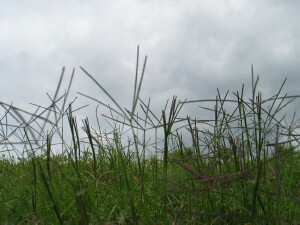Couch Grass
Back | Salinity Indicator Plants Home | Common name home | Scientific name home | Photo Gallery | Glossary
| Couch Grass photos | Family: Grass (Poaceae syn. Gramineae) |
| Scientific Name: | Cynodon dactylon | 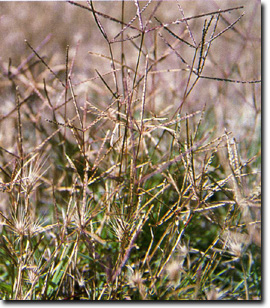 Couch Grass Ex Matters & Bozon | ||||||||
|
| |||||||||
Status: | Widespread throughout Australia and around the world. Some authorities regard it as being indigenous to Australia but it may have been an early introduction. | |||||||||
|
| |||||||||
|
| |||||||||
Comments: | Widely used as a turf grass species because of its fine mat-forming and hard-wearing characteristics There are several grasses with similar windmill-like flower-heads. Curly Windmill-grass (Enteropogon acicularis) and Windmill-grass (Chloris truncata) tend to occur as individual tufted plants and do not (or hardly) spread by stolons or rhizomes. Couch Grass has smaller flower-heads with fewer spikes and unawned florets, compared to the windmill grasses. See Comments under Australian Salt-grass (Distichlis distichophylla) for leaf differences between this species and other similar creeping grasses. | |||||||||
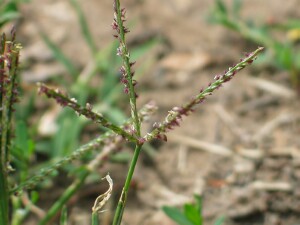 Couch Grass flower-head Photo: A J Brown | 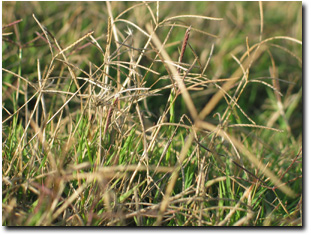 Dry mature Couch Grass Photo: A J Brown |
| [/p>] 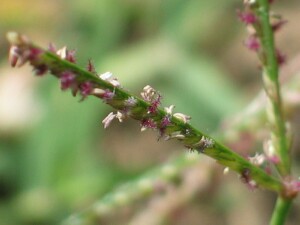 Spikelets of Couch Grass with exserted anthers and stigmas Photo: A J Brown |

